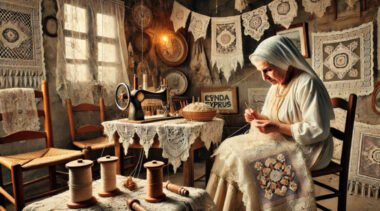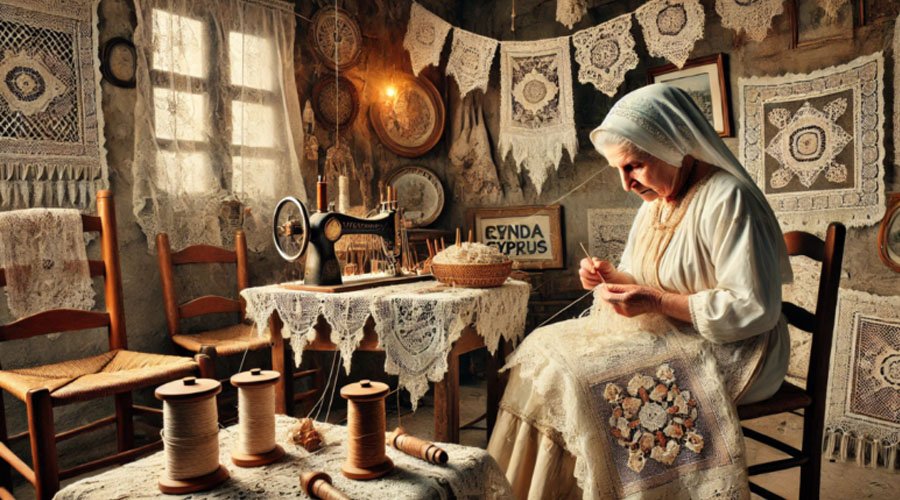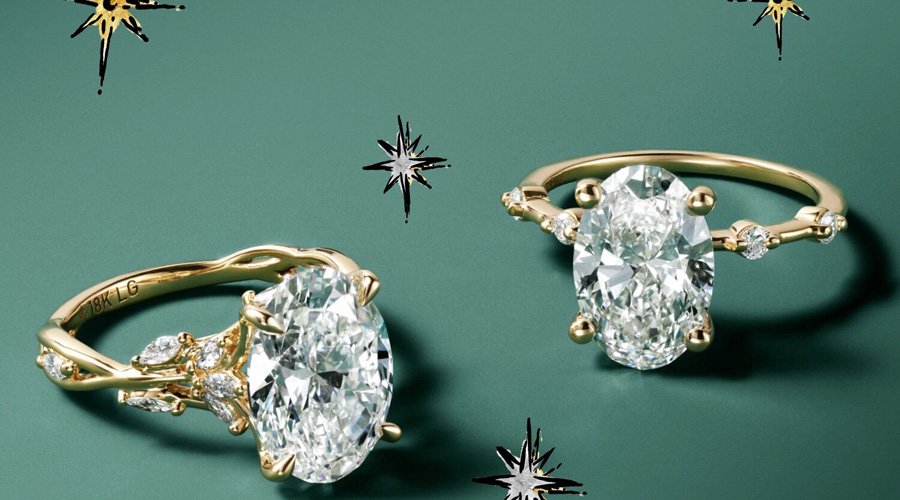Cyprus, a Mediterranean island with a rich cultural past, is well known for its natural beauty, history, and customs. Among these traditions, Renda Cyprus—Cypriot lace-making—is a monument to the island’s artistic and cultural importance. Passed down through centuries, this exquisite skill represents the island’s craftsmanship, identity, and connection to its heritage. In this essay, we will look at the history, methods, cultural significance, and current uses of Renda Cyprus, as well as the efforts to conserve this timeless legacy.
A Look at the History of Renda Cyprus
Renda Cyprus, also known as Cypriot lace, originated in the mediaeval period and was inspired by numerous civilisations that visited or dominated the island, notably the Venetians and Ottomans. Lace-making flourished on the island during Venetian domination in the 15th century, as European techniques were imported. The Ottomans boosted the craft’s popularity by introducing their own lace-making techniques.
Renda was formerly a trade reserved for the upper class, used to embellish bridal gowns, religious apparel, and home goods. It evolved from a decorative art form into a symbol of Cypriot identity, encapsulating the island’s rich cultural past and tradition.
Lace Making Techniques: Creating the Intricate Beauty of Renda Cyprus
Renda Cyprus is a time-consuming procedure that takes excellent talent, patience, and attention to detail. The island employs a variety of lace-making processes, each with its own distinct qualities and applications. The major techniques are needle lace, bobbin lace, and fillet lace.
Needle Lace (Venetian technique)
Needle lace, commonly known as the Venetian method, is one of Renda Cyprus’ most recognisable techniques. This method involves artists using a needle to remove threads from a woven backdrop, resulting in vacant areas that are subsequently filled with delicate, ornamental stitching. These threads are usually organised in floral or geometric designs, adding to the lace’s light, delicate look.
Needle lace is commonly employed on smaller, more detailed things such as handkerchiefs, collars, and tablecloths. The technique is long and labour-intensive, with each stitch meticulously set by hand.
Bobbin Lace
Bobbin lace is another popular method that use bobbins (tiny spools of thread) and a lace pillow as its principal equipment. The cushion is frequently filled with straw or wool to create a solid platform for the lace-making process. To produce lace, artisans twist and braid threads around bobbins in exact patterns.
This method is speedier than needle lace and best suited for bigger items such as curtains, bedspreads, and ornamental home accessories. Bobbin lace is known for its delicate, woven designs, which frequently incorporate themes such as flowers, birds, and abstract forms.
Fillet Lace.
Fillet lace is a method that uses a net-like framework. Using a mesh cloth as a foundation, craftspeople fill in the spaces with ornamental stitching to create patterns and pictures. This method enables greater graphic representations in the lace, including religious motifs, traditional Cypriot patterns, and environmental images such as vines and trees.
Fillet lace is typically used for bigger objects such as table runners, bedspreads, and wall hangings. Its capacity to depict rich, elaborate designs makes it a popular choice for displaying complex sceneries and patterns.
The Cultural Significance of Renda Cyprus
Aside from its visual appeal, Renda Cyprus has significant cultural and symbolic relevance. Throughout history, Cypriot lace was used to commemorate significant life events, particularly weddings and religious rituals. Renda’s elaborate lacework represented wealth and prestige, and families would request pieces for special events.
Many Cypriot lace patterns have profound symbolism and meanings, representing the island’s traditions and beliefs. Common themes include:
Olives: Representing calm, wealth, and a connection to the land, olives are frequently used in Renda designs.
Grapes: Grapevine motifs are common in lace designs, representing abundance and fertility.
The Evil Eye: A sign of protection, the Evil Eye pattern is thought to repel bad energy and provide good fortune.
Floral patterns: Flowers, particularly roses and lilies, are popular in Cypriot lace and represent beauty, purity, and love.
These designs are more than simply beautiful; they have significant spiritual implications and bring blessings to the user or owner of the lace.
Renda Cyprus in the Modern Period
Renda Cyprus was traditionally used for ceremonial and religious purposes, but it has found a place in modern fashion and home décor. The increased demand of handcrafted, artisanal items has resulted in a renaissance of Cypriot lace.
Fashion & Accessories
Renda Cyprus has recently gained popularity in the fashion industry. Designers are using Cypriot lace in dresses, shawls, collars, and accessories. Lace collars, cuffs, and delicate trimmings are particularly fashionable, lending a nostalgic, romantic feel to modern clothes.
Renda Cyprus is a popular choice for home décor. Handmade lace tablecloths, curtains, pillow covers, and doilies are prized for their timeless beauty. Cypriot lace’s delicate beauty adds refinement and charm to any house, making it a popular option among those looking for one-of-a-kind, high-quality home decorations.
Artisan Products
Renda Cyprus has discovered a new market opportunity because to the global desire for sustainable and handcrafted goods. Small-scale goods such as lace coasters, doilies, and colourful wall hangings are increasingly being created by artists, attracting collectors, tourists, and others who respect great craftsmanship. These compositions not only assist to conserve the tradition, but also make it relevant in a current setting.
Attempts to Preserve Renda Cyprus.
Renda Cyprus art, like many traditional crafts, confronts issues like as a loss in experienced craftspeople and competition from mass-produced substitutes. However, substantial attempts are ongoing to preserve this cultural legacy.
Workshops and Educational Programs
Several organisations in Cyprus provide seminars and training programs to teach younger generations the skill of lace-making. These programs emphasise both the technical abilities required to construct Renda and the cultural value of the motifs, assuring that

















